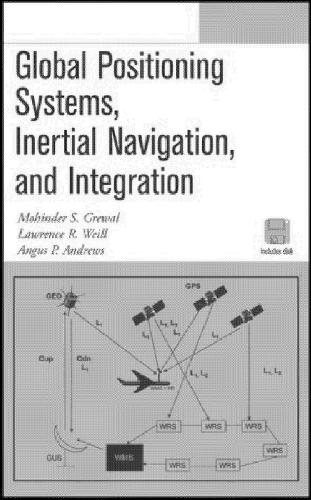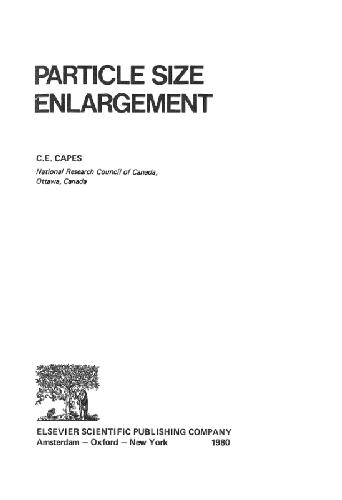David Bailey BEng0750658037, 9780750658034
Table of contents :
Cover……Page 1
Half Title Page……Page 2
Titles in the series……Page 3
Title Page……Page 4
Copyright……Page 5
Preface……Page 6
Contents……Page 7
1.1 Introduction……Page 13
1.2 Fundamentals of radio operation……Page 14
1.3 The radio spectrum and frequency allocation……Page 18
1.4 Gain, level, attenuation and propagation……Page 20
1.5 Criteria for selection of frequency bands……Page 30
1.6 Modulation and demodulation……Page 40
1.9 Oscillator……Page 52
1.10 Filters……Page 54
1.11 Transmitters……Page 62
1.12 Receivers……Page 64
1.13 Antennas……Page 66
1.14 Cabling……Page 73
1.15 Intermodulation and how to prevent it, using duplexers, multicouplers, circulators, isolators, splitters, and pre-amplifiers……Page 74
1.16 Implementing a radio link……Page 83
1.17 Types and brands of radio equipment……Page 91
1.18 Data transmission over analog radio……Page 94
1.20 Duplication and self-testing……Page 97
1.21 Miscellaneous terminology……Page 99
1.22 Additional features and facilities for analog radio……Page 107
1.23 Digital modulation radio……Page 110
1.24 Digital radio specifically for telemetry applications……Page 112
1.25 Digital wireless communications……Page 113
2.1 Introduction……Page 116
2.2 Background……Page 117
2.3 Point-to-point radio systems……Page 118
2.4 Point-to-multipoint……Page 120
2.5 A typical radio terminal……Page 123
2.6 Modulation methods……Page 124
2.8 Multiplex equipment and data rates……Page 126
2.9 Antennas and multicouplers……Page 133
2.10 Coaxial cables and waveguides……Page 137
2.11 Power supplies……Page 138
2.12 Path loss……Page 139
2.13 A simple path calculation……Page 140
2.14 Multipath propagation and diversity operating……Page 141
2.15 Ducting and overshoot……Page 146
2.16 Duplication of equipment……Page 148
2.17 Duplication of routes……Page 151
3.1 Introduction……Page 152
3.2 Classes of satellite services and their relevant organizations……Page 153
3.3 Frequency band allocation for satellites……Page 159
3.4 Satellite systems and equipment……Page 163
3.5 Satellite equipment……Page 169
3.7 Link equation……Page 172
3.8 Footprint……Page 173
4.1 Introduction……Page 175
4.2 Reliability……Page 176
4.3 Availability……Page 178
4.6 Improving reliability……Page 183
4.7 Reliability calculations……Page 184
4.8 Qualification of the processes……Page 186
5.1 Location selection……Page 187
5.3 Antenna support structures……Page 188
5.4 Lightning protection……Page 190
5.5 Equipment shelters and temperature management……Page 196
5.6 Power supplies……Page 198
5.7 Distribution (dc)……Page 207
5.8 Monitoring site alarms……Page 209
5.9 Voice and data cabling – distribution systems……Page 211
5.10 Equipment racks……Page 214
5.11 Interference in microwave and radio systems……Page 215
5.12 Service channel……Page 216
6.1 General……Page 217
6.2 Appropriate radio systems……Page 218
6.3 Traffic loading……Page 219
6.4 Implementing a system……Page 221
6.5 Trunking radio……Page 223
7.2 Ocean data telemetry application……Page 224
7.3 Physiological telemetry application……Page 230
7.4 Tag identification system using modulated UHF backscatter……Page 232
8.1 A dockside communications system for LNG tankers……Page 236
8.2 Remote oceanographic sensor system……Page 238
Appendix A: Glossary of terms……Page 243
B.1 Radio spreadsheet……Page 266
B.2 Radio spreadsheet calculations……Page 268
B.4 Diffraction losses……Page 271
B.6 Fresnel zone radius……Page 275
B.7 Space diversity……Page 276
B.8 Microwave spreadsheet……Page 277
B.9 Microwave radio spreadsheet calculations……Page 280
B.11 Availability……Page 281
B.13 Frequency diversity……Page 282
B.14 Hybrid diversity……Page 283
Index……Page 284
Bibliography……Page 296







Reviews
There are no reviews yet.